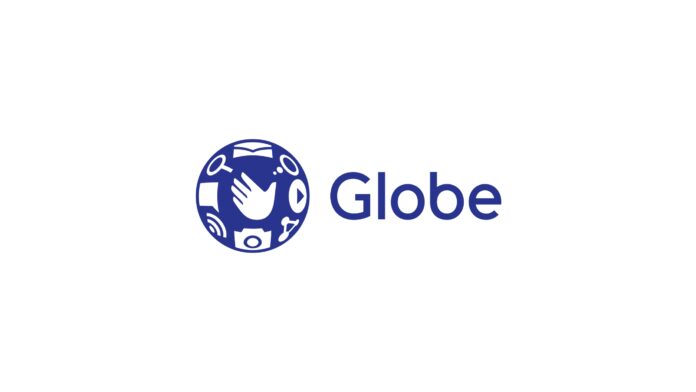Globe Telecom is ramping up mobile connectivity efforts in geographically isolated and disadvantaged areas (GIDAs), marking a significant push to bridge the country’s digital divide and bring equitable digital access to millions of underserved Filipinos.
Speaking at Bloomberg’s The Look Ahead – Manila event, Globe president and CEO Carl Cruz emphasized that the company’s expansion efforts are now focused not just on profit, but on impact. “We’re no longer connecting only where it’s profitable—we’re connecting where it matters most,” Cruz said, stressing Globe’s shift toward enabling inclusive digital participation across the nation.
The initiative aligns with the Department of Information and Communications Technology’s Bayanihan SIM program, which delivers mobile connectivity to students, teachers, health workers, and local governments in remote communities. With over 600 Globe cell sites already operational in GIDAs—covering portions of the 7,063 barangays that house nearly 25 million people—this collaboration exemplifies the potential of public-private partnerships in accelerating digital inclusion.
Despite Filipinos being among Southeast Asia’s most active internet users—averaging nearly 9 hours online daily—only 33 percent of households have fixed broadband, and many remote areas still suffer from unreliable mobile service, according to DICT figures. Globe’s efforts aim to reverse this imbalance by expanding LTE coverage, modernizing outdated infrastructure, and leveraging shared assets for wider, faster deployment.
“Our strategy is not just about connectivity—it’s about empowering households, enabling SMEs, and growing the digital economy,” Cruz added, underscoring the broader socio-economic benefits of reliable mobile access.
For Globe, extending coverage to underserved areas is both a business move and a moral commitment. By connecting communities historically left behind, the telco is not just enhancing mobile signal—but helping improve education, health access, and livelihoods through digital tools.
“We’re committed to connecting the unconnected,” Cruz affirmed. “Because when we bring connectivity to underserved areas, we’re not just improving signal—we’re improving futures.”







